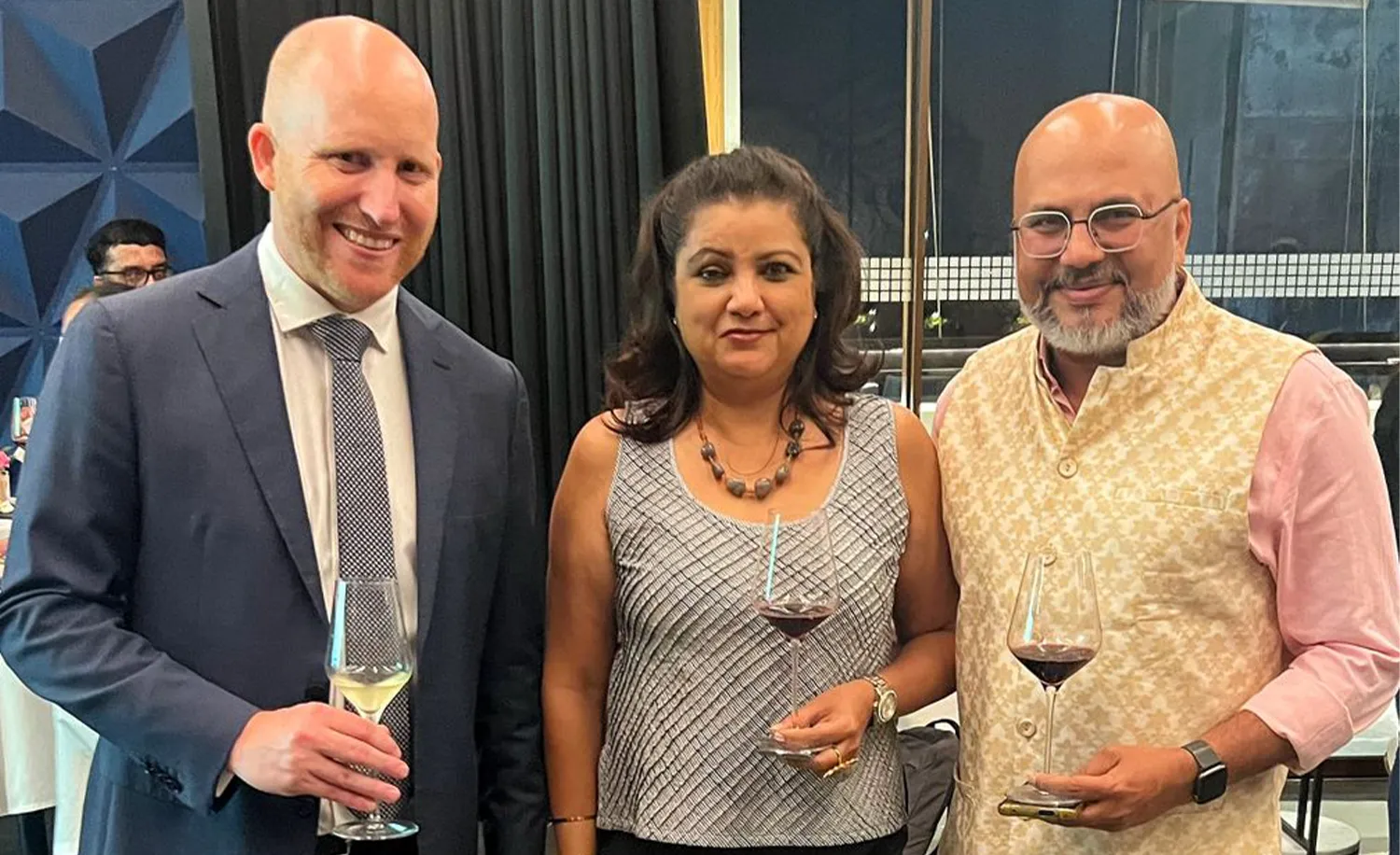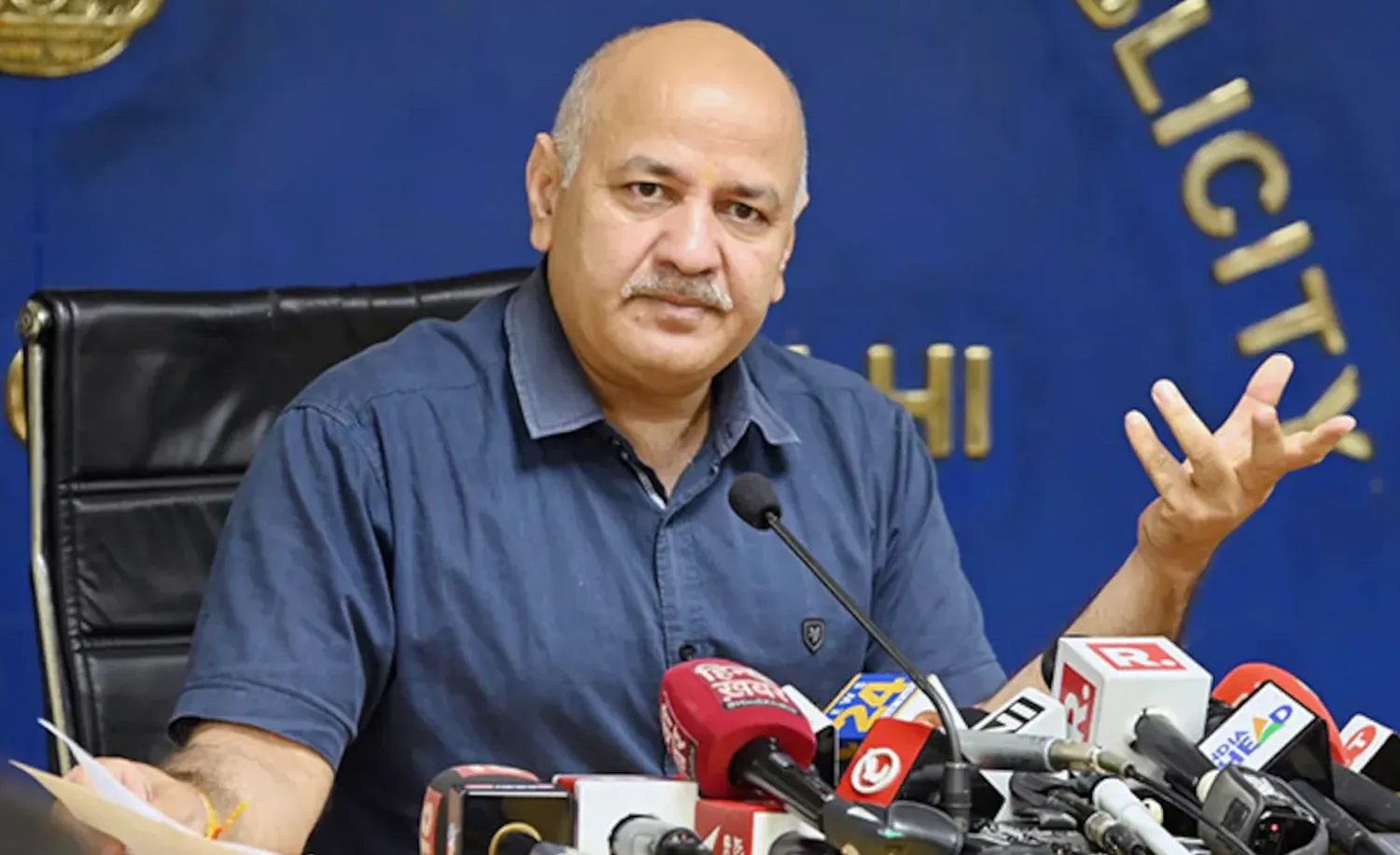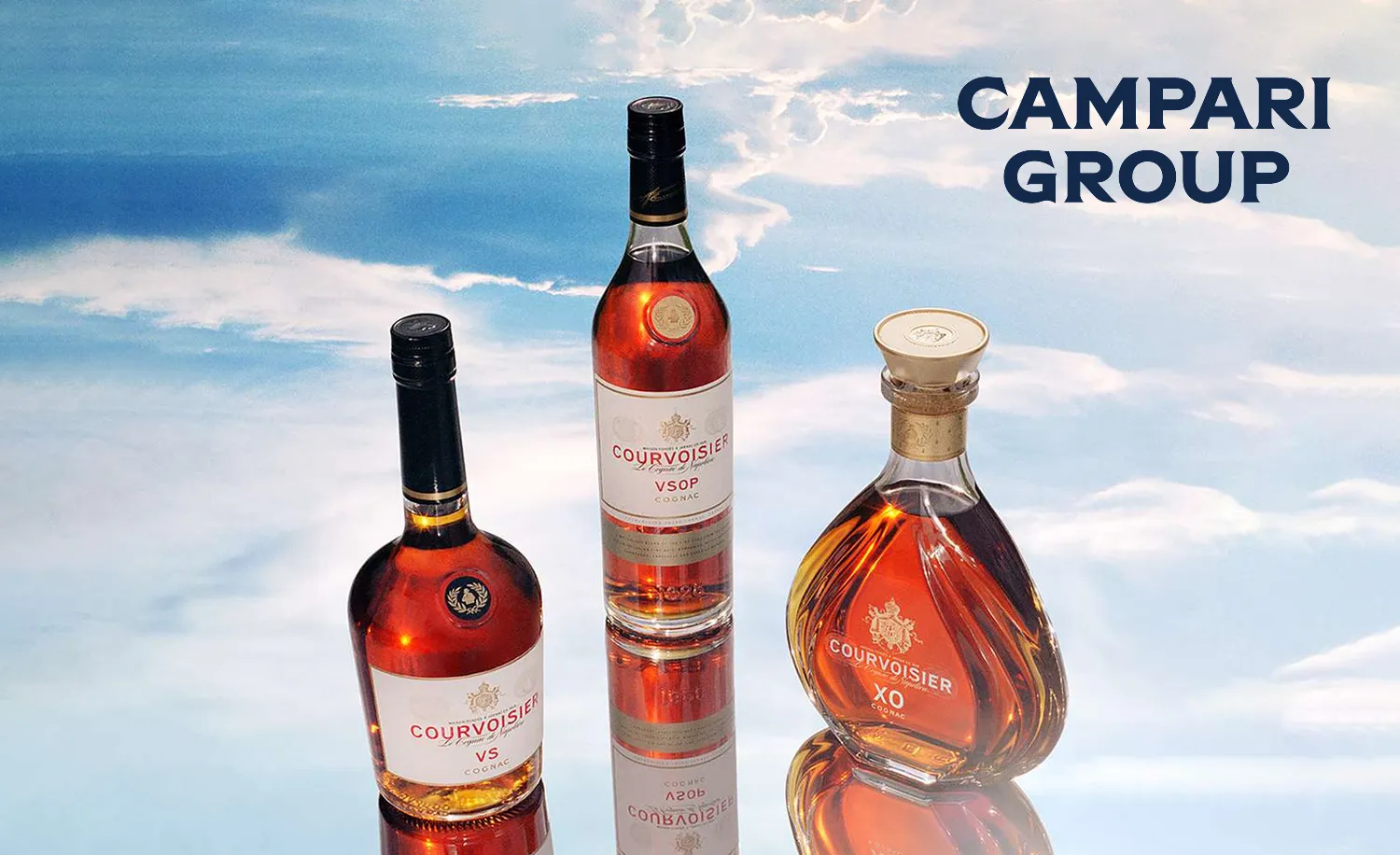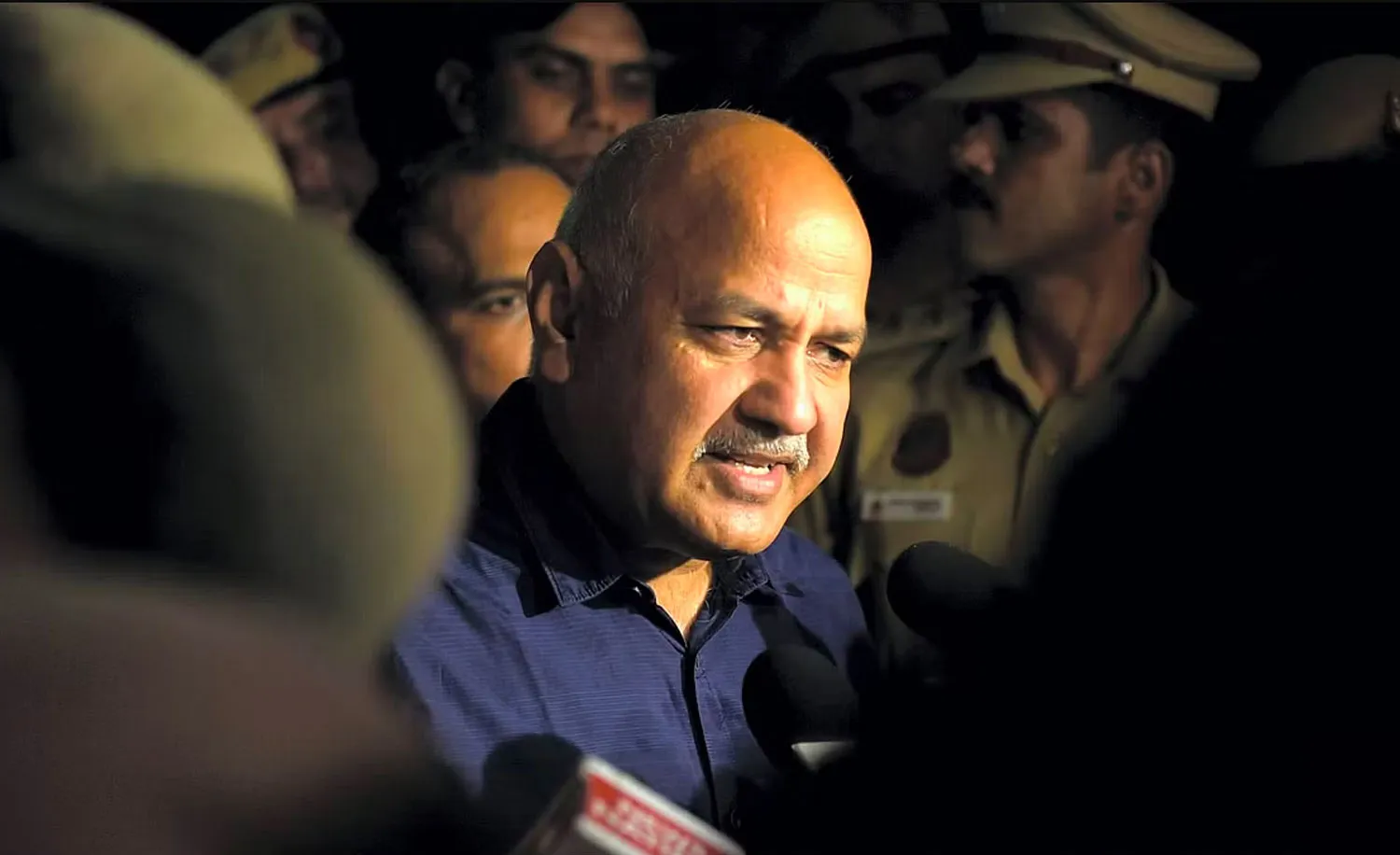Presenting the essence of Cuba
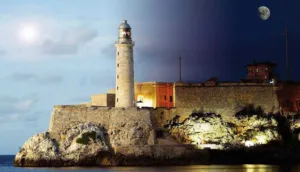
If one thinks of an exotic vacation at enchanting beaches with fine cigars, excellent rums and its signature cocktails like Mojito, Daiquirí and Cuba Libre – Cuba always comes up as a preferred destination. The dynamic and proactive diplomat Alejandro Simancas Marin has come to India as Ambassador of Cuba with lots of love for India and with a passion to promote Cuban culture, trade and tourism in India. Born and raised in Havana, which is described by a poet as “city of my loves, which, if it didn’t
exist, it would have to be invented”, he understands that both the countries offer great trade and investment opportunities which have not been fully exploited.
Q. How did you find India as a diplomat and as an individual?
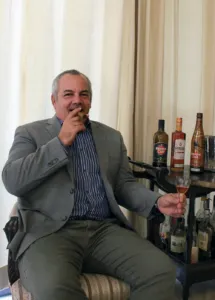
India occupies a special place for Cubans because of the history of friendship, dialogue and collaboration built by the leaders of our countries such as Fidel Castro, Ernesto Che Guevara and Jawaharlal Nehru, as well as because of the values that we have defended together for more than 62 years – multilateralism, international law, independence.
All these imply great commitment and responsibility as Ambassador. At the same time India for me is a source of learning and enrichment from a professional point of view and also in personal capacity.
Q. What is the current status of economic and commercial ties between Cuba & India, and which are the main thrust areas where you intend to give greater attention?
Our trade and economic relations still do not reflect the potential of our countries and therefore we have been working intensively to create better business conditions, and to pave the way for Indian and Cuban companies to identify opportunities and advance in the realisation of new businesses. We believe that the sectors with the maximum bilateral prospects are renewable energy, the biopharmaceutical industry, agriculture and the food processing industry, the sugarcane industry and information technology.
Q. Cuba, besides being known as the sugar bowl of the world, is also rich in other agricultural produce. Which are the main agri-products being exported from Cuba to India and how do you intend to further push exports in these areas?
The main export product of Cuban agriculture is cigar, which under the denomination of origin of ‘Habanos’, is considered the best in the world. The ‘Habano’ is a product associated with our culture and is a good way to be introduced into the Cuban way of living. The ‘Habano’ is distributed throughout the world and of course in India and can be found in specialised stores.
Generally Cuban agriculture has very similar characteristics to the agriculture of South India with both having a tradition of producing sugarcane and its derivatives. That is why we consider that this is a sector with great opportunities for joint ventures.
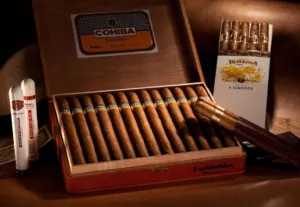
Q. Cuba has many attractions for tourists. Please share details about some must-go destinations for Indian travellers visiting Cuba. Also, what is the current tourist flow to Cuba from India and how do you intend to promote Cuba among Indians?
Cuba has the most beautiful beaches, including Varadero, considered the second best in the world, and combines them with a prodigious nature. But the main wealth of Cuba is its history, culture and of course its hospitable, cheerful, authentic and always supportive people. Indian visitors will find in Cuba friendly people willing to exchange and give their best.
Q. How many Cubans visit India annually, on an average, and in your opinion what could be the major attractions for them in India?
The Cubans who visit India every year are still very small in numbers and I believe that we must continue working to make our countries better known to each others’ peoples. India has everything it takes to become one of the world’s leading tourist destinations. Its culture, history, traditions are ancient; and its cultural diversity is fascinating. India is a place to learn and enrich yourself as a human being.
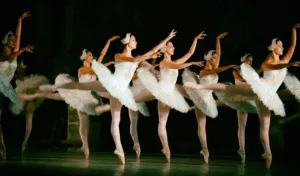
Is Cuba a good destination for budget tourists?
The tourist options in Cuba are very varied and budget tourists can find attractions in beach, city and in rural tourism; and get introduced very easily into the life of Cubans, who are very open, sociable and hospitable people.
Q. The world is fascinated by Cuban rums. Tell our readers about the regions /cities of Cuba where major rum distilleries are located and approximately how much rum is produced there and sold world over.
The rum, as well as the cigar, are fundamental parts of Cuba’s national culture. They are rooted in the popular imagination; they are used in Afro Cuban religious ceremonies, in all kinds of festivities. The rum in Cuba is used for the preparation of remedies, syrups and other preparations; for the cure of diseases too. Rum was present in our wars of independence where it was consumed as a ration for soldiers to strengthen the body and spirit, and was also used to heal wounds.
Today the world’s leading Cuban rum brand is ‘Havana Club’, and its main headquarters are in the town of Santa Cruz del Norte. We are fortunate that soon the ‘Havana Club Seven Years’ will be presented in India by the Pernod Ricard distributor. ‘Arecha’ rum is based in the city of Cardenas, very close to Varadero, while ‘Santiago’ rum owes its name to the second city of the country, Santiago de Cuba.
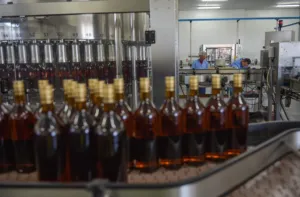
In Cuba cocktails have been developed from rum, which in fact constitutes another tradition within Cuban gastronomy. Cuba is the cradle of three great cocktails: Mojito, Daiquirí and Cuba Libre, which have toured the world, and whose flavours are inextricably associated with Cuban rum.
Q. What makes Cuban rum special and how is it different from Caribbean countries’ rum?
The Cuban rum is a distillate from sugarcane with a clean and complex aroma, with a soft and fruity flavour; in which history, culture and the true essence of Cuban national identity are condensed. Behind the secrets of Cuban rum, there are the ‘rum masters’, who are considered national heritage.
The ‘rum masters’ preserve an ancient tradition that determines that all this knowledge can only be transferred from master to master.
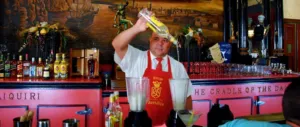
Q. Tell us about some signature Cuban dishes, and which are the ideal places to try these signature dishes in Cuba?
Cuban cuisine, like its culture, is the mixture of African and European roots. This mixture of flavours is the most precious treasure of our cuisine. The center of Cuban culinary tradition is its intense and neutral flavour, a very well balanced taste that doesn ́t know extremes.
A good Cuban dish is like the eternal joy and charm of its music, dance, and tropical nature. Some of the famous dishes from Cuba are ‘ropa vieja’ (old cloth), which consists of previously boiled and shredded meat, cooked in a sauce with onion, bell peppers, bay leaves, and cumin, among other ingredients. Roast pork is one of the special dishes served on Cuban holidays.
Mojo sauce has an essential role in Cuban cuisine.
This quintessential Cuban sauce is composed of garlic, seasonings, and vinegar. It acts as the secret towards achieving authentic flavour of roast pork. Yucca (cassava) with mojo is another dish, which is frequently found at Cuban family celebrations. Also famous are the Cuban sandwich, or a creamy and delicious Cuban-style flan.
There are several restaurant options in Cuba, but perhaps the two most popular are ‘La Bodeguita del medio’ and ‘Floridita’.
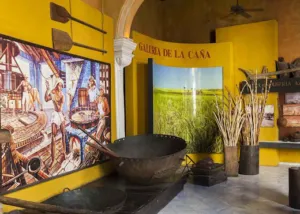
Q. India & Cuba have very deep and rich political, social & cultural relations. What initiatives are being taken by the Cuban government in general and your embassy in particular to enhance this relation?
Unfortunately, during the last two years, Covid-19 has slowed down bilateral exchange and the virtual mode has been imposed, but it is important to restore the human and personal exchange.
We hope that this year we can reintroduce many social and official activities; give impetus to visits to both countries from different sectors, and re-launch cultural exchange. We plan to pay tribute this year to our National Hero Jose Marti, within the framework of the celebrations for the 170th anniversary of his birth. That is why we will exhibit a film dedicated to his memory on 19th May.
We also have plans to celebrate the national day of Cuban culture on 20th October. We would also like to have a greater cultural presence of India in Cuba and we want to see more Indian presence in different events planned for this year and that enjoy high international recognition, such as the International Tourism Fair in Varadero, the Jazz Festival, the festival of cinema of Havana, among others. The Indian culture will always be welcomed and admired in Cuba.
Q. Recently you have inaugurated Cuba Bureau in Hyderabad to promote business. Please share about its objectives and how it will facilitate business between the two countries.
We have given bilateral trade and economic relations between India and Cuba the priority that we believe they deserve. The International Economic Trade Organization (IETO) has taken the initiative to create a Cuba Bureau in Hyderabad, which we highly acknowledge.
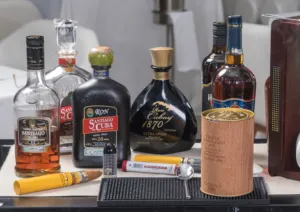
This new bureau will have the capacity to guide, facilitate and inform the Indian business community in relation with their Cuban counterparts. IETO and its President, Asif Iqbal, have shown perseverance and seriousness in their work and we are sure that the bureau in Hyderabad will pave the way for bilateral business between India and Cuba, and produce tangible results.
A fundamental objective will be the assistance of a large Indian delegation to the International Trade Fair in Havana (FIHAV), to be held from 14th 18th November. We will be very happy to see the Indian pavilion at this important event.
Q. How many places in India have you visited so far and which ones you liked in particular & why? Have you tasted some Indian cuisines and which of them you liked?
I have had the privilege of knowing wonderful and monumental sites in Delhi and other areas such as the Hawa Mahal in Jaipur and the Charminar in Hyderabad. I have also visited places associated with the history of India’s independence, such as the site where the sepoy rebellion originated in Meerut and the Sabarmati Ashram in Ahmedabad; where Mahatma Gandhi lived and worked.
In the near future, I would like to visit Kolkata, the city visited by our great leaders of the Cuban Revolution like Fidel Castro and Che Guevara.
Indian cuisine has been a great discovery for me, which I enjoy and try to continue discovering more of it everyday. As a good Cuban, sweets cannot be missing from my table and among Indian sweets, I prefer gulab jamun.


